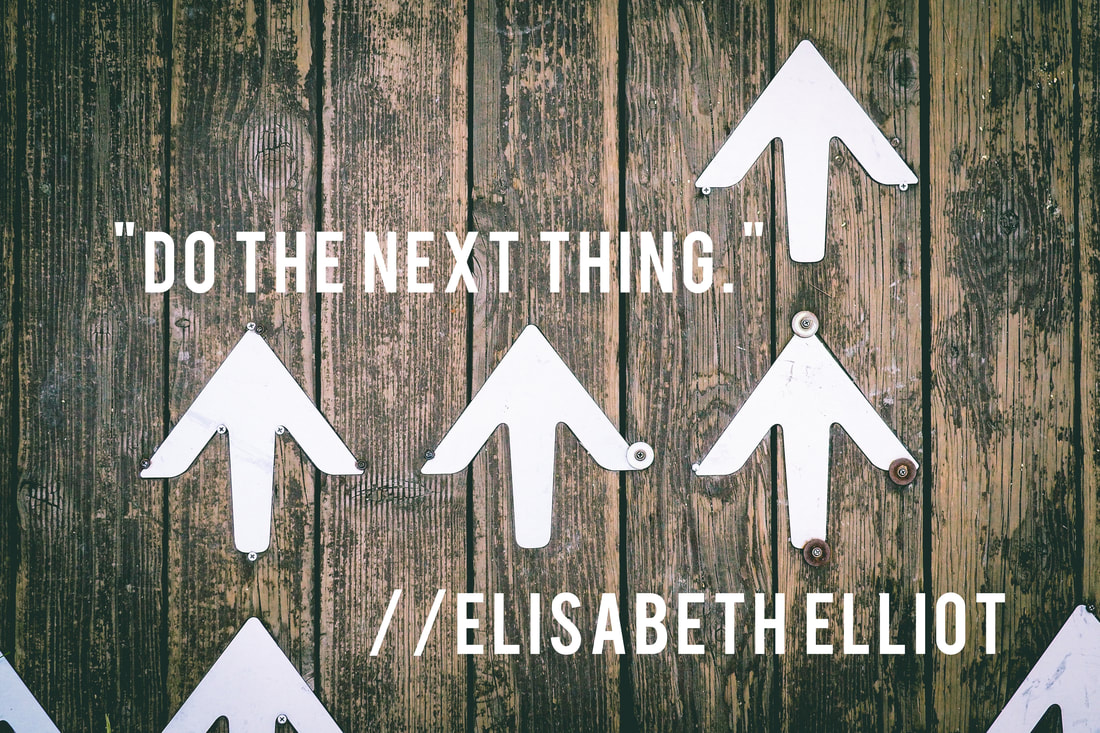October 10, 2018
Sharing something deep and painful about yourself can be excruciating and glorious.
We want to be known, seen, loved, and nurtured. We all want people to reflect God’s meeting our Core Needs, but we fear getting kicked in our raw, open hearts.
I have no guarantees to avoid a heart kicking, but the following 18 tools may help you avoid some of the same bruises I have experienced in the last 12 years of a vulnerable life.
![]()
1. Pray
Why are you sharing?
Healthy Motivations: To have people support the meeting of your heart needs. To have the Body of Christ see you, love you, and nurture you like Jesus.
Unhealthy Motivations: To have people meet your heart needs. Before I post, share, or speak on anything I reflect with God in prayer: Laurie, are you sharing this very vulnerable thing because you want to have everyone look at Jesus, or do you want someone to stare into your soul while you feed on their attention? Where is your focus?
My primary Core Need is to be seen, and I can quickly turn from looking into God’s eyes to others’. I need the Holy Spirit to help me discern my motivation for choosing authenticity.
Then, ask God if you should do it. It’s sometimes hard to know if it is a clear yes or no, but if your motivation is quite solid, move toward the next step.
2. Consider the audience
Is what your sharing for a general audience? Does your family know about this? Your siblings? Your small group? As one of my mentors says, “Don’t let your public self get ahead of your private self.”
It is sometimes easier to push “post” than to look someone in the eye, but choosing the easy route often reaps painful conversations and potentially lost relationships.
3. Consider if they are safe people
What does that even mean, right? No one is 100 percent safe except God, and even he lets pain happen for our good.
However, it is helpful to have some sort of a sense of how people might respond to the story you are sharing. One trick I use is to look for very strong reactions to the subject I am sharing–first at a national level, then church/local level, and then using an anonymous story of someone I know personally.
So, what this sounds like for me is I may ask about national LGBT+ issues, then move to church, then to a friend I know. An unsafe person’s voice may hold an angry, loud reaction. A safe person’s reaction will sound like they have come to a conclusion, but through a lot of wrestling. I want to hear the weight of the conversation in their voice and a tenderness for actual people.
I also look for these traits in determining if someone is safe:
Humility. The gospel simultaneously raises the bar and cuts us all off at the knees. I will recognize humility in how they talk about any type of brokenness. Do they mock, scoff, degrade, or tap their toe as they describe a person scrambling in this very tough life? Or do they see themselves as a fellow sick person in need of a Doctor?
Belief. If I am sharing to seek support of (not just friendship with) this person, I want to know they will guide my heart toward not what I want, but what I need—and the Spirit in me wants. For me this means they agree with what I believe is God’s good design for marriage, sexuality, and gender. Asking those national/church questions can help determine this.
4. Ask for pre-support
Are you sharing with a sibling for the first time, but your friends already know your story? Reach out to your friends for prayer and encouragement. Those friends’ acceptance and love of you reflects God’s love for you.
5. Set a date
Tell the person with whom you want to share a month, week or a couple of days in advance. “Hey, I’d love to share something with you about my story I haven’t shared with you yet.” Set a time and place so you don’t back down, and so you can both mentally and spiritually prepare.
6. Share in person and one-on-one
If this is someone close to you, share with them one-on-one and face-to-face (or at a minimum, through video chat). Text/email/status updates are going to get misinterpreted at best, and the person close to you is going to feel rejected at worst. (“Why didn’t you tell me this deep thing face-to-face?”) Up close and personal conversations allow for tone and words to be questioned, explained, and increasingly understood.
7. Be intentional about the place
Set the time and place in a neutral location where you can both feel comfortable. This could be a quiet coffee shop, a park, or a fast-casual restaurant. (I recommend fast-casual because if it goes wrong and you are both waiting for the check, the awkwardness could increase.) This should be a place where you both feel at ease, but it’s neither of your home base. I recommend this so if it goes wrong, neither party feels trapped in the other’s more comfortable spot.

8. Picture Jesus
When finally sitting down with them, find a spot around you where you can envision Jesus sitting with you. My sister, Renee, once said to me, “Jesus is always winking at you across the room when you feel unseen.” I never forgot this, and still practice envisioning Emmanuel’s with-ness.
9. Look them in the eye
Get eye-to-eye as much as you can. When first sharing my story, I felt so much shame I couldn’t look at people’s faces–let alone into the window of their soul. I didn’t want to see the rejection up close. There is no need to feel shame for how we wrestle with things. Every human who walks the earth has broken mind, emotions, body, gender, and sexuality. You have the freedom to look eye-to-eye with them because they will see Jesus’ strength in you. “‘My grace is all you need. My power works best in weakness.’ So now I am glad to boast about my weaknesses, so that the power of Christ can work through me” (2 Cor. 12:9).
10. Name the awkward
Begin with, “I have something to share with you, and it might not be easy for you to hear.” This may be a hard sentence to have to say because you can think, “It isn’t right that it is difficult for them to hear!”
No, it isn’t right. In an ideal world, we could share our struggles with anyone without any need to emotionally prepare, but we are not in an ideal world. This is not Eden. So, let’s love them well by preparing them emotionally by naming the potential difficulty.
11. Share your story
Then say, “I want to share with you some of my story . . . ” And go for it. It’s okay if it’s messy. I would recommend pre-planning the high points so you don’t get lost in it, but sharing from your heart is always best.
12. Encourage questions
When you begin, I saying, “You are welcome to ask any questions along the way.” Remember, however, that Jesus loves you like crazy. If their questions come across as insensitive or mean, Jesus is never insensitive or mean—and they likely are not trying to be. “Father, forgive them, for they know not what they do” (Luke 18:24).
13. Be normal and answer unsaid questions
Some people react strangely to new stories. They don’t know what to do with their faces. They say things they don’t want to say. I try to give them the benefit of the doubt, and answer questions they might not have the courage to ask.
I often address things like, “I am not attracted to every woman,” “I don’t pursue close relationships with people I am attracted to” (so that they can infer I am not attracted to them), how I identify, and how it can be that I am now married to a man.
14. State your needs
What are you expecting from this person after sharing? Say it out loud. People are not mind readers. “I am looking for friendship, and I would love to get to know you better as a sister/brother/friend.” Or, “Thank you for letting me share with you. I would really like it if you followed up with me about x, y, z…”
15. Say goodbye
When it seems right, finish the conversation. It may have gone perfectly or not, but your belovedness from God is the same. Drink that love in as you drive away.
16. Give time
Give the person you shared with some time to process. You have known about this for years, but they only just found out. Ideally, they will circle back with you in a few days and say something like, “Hey, that must have been really difficult for you to share. How are you doing?”
But, people are people. They don’t always know what to do. If you are insecure about their response, reach out when the time seems right. “Hey, I shared something pretty scary to share, and I’d love to hear what you are thinking.”
17. Give them resources
If it seems they really don’t know much about the topic you shared, when you follow up on the conversation you could message them favorite books, blogs, or articles.
18. Celebrate
Go do something nice for yourself–no matter how it went. Go for a run, eat ice cream, buy yourself a new pair of shoes (or do all three). Take yourself out on what I call a Jesus Date, and celebrate what the Holy Spirit did through you.
An authentic life is excruciating and glorious, and it looks a lot like Jesus.

1. Respond. What do you think? What would you change or suggest? Have you followed something like this when sharing something personal? How did it go?
2. Read. Do you wrestle with shame–looking people in the eye when sharing? Read Dr. Curt Thompson’s The Soul of Shame, and listen (Lord willing!) to our upcoming podcast with him!
3. Do it. Are you feeling the nudge to share your story vulnerably? Go do it. “Everything exposed by the light becomes visible—and everything that is illuminated becomes a light” (Eph. 5:13). Email info@lauriekrieg.com and we will pray for you as you do!




I love this. So very helpful for when we are called to vulnerability, but are too scared/aren’t sure how to go about it. I’ve utilized most all of these techniques in my coming clean letter before I even read your post. Thank you for all you do!
Wow. Perhaps if there is unity between us that must mean the Unifier was a part of it? Feel free to share how your “coming clean” moment went. Blessings!!!